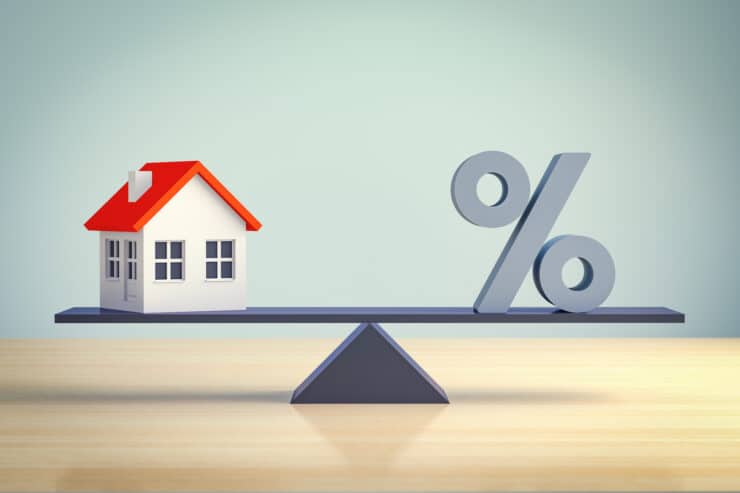When applying for a mortgage, you might have heard of the term “loan-to-value,” or LTV ratio. The LTV ratio refers to the amount of the mortgage compared to the value of the home. It’s a helpful number to know. The more you know about your mortgage, the better. Here’s what you should know about the LTV ratio.
The Basics of LTV
The LTV ratio is just one of the factors that a lender considers when deciding on approving a mortgage. The LTV ratio is expressed as a percentage. The lower the percentage, the better your chances of being approved for a mortgage with a manageable interest rate. If you’re looking at a $200,000 home and you’re able to put $25,000 down, your LTV ratio is 87.5 percent. In the eyes of a lender, that’s a higher-risk LTV ratio. Most lenders want an LTV ratio of 80 percent or lower. If you have a ratio above that threshold, you’ll usually have to buy mortgage insurance.
What a High LTV Means
Take note: If your LTV ratio is higher than 80 percent, that could be a warning sign that you’re trying to buy too much house. Consider scaling back on what kind of house you want. Or, if possible, wait to buy a home until you can afford a bigger down payment. If you have access to a larger down payment, your loan terms will usually be more favorable overall.
Other Factors
As we mentioned, the LTV ratio is just one factor used to determine your mortgage. Lenders also consider your credit score, your cash flow, and the amount of your down payment.
Do One Thing: Save as much as possible for your down payment so you can avoid paying private mortgage insurance.






